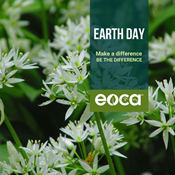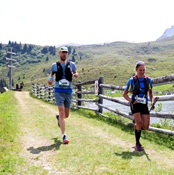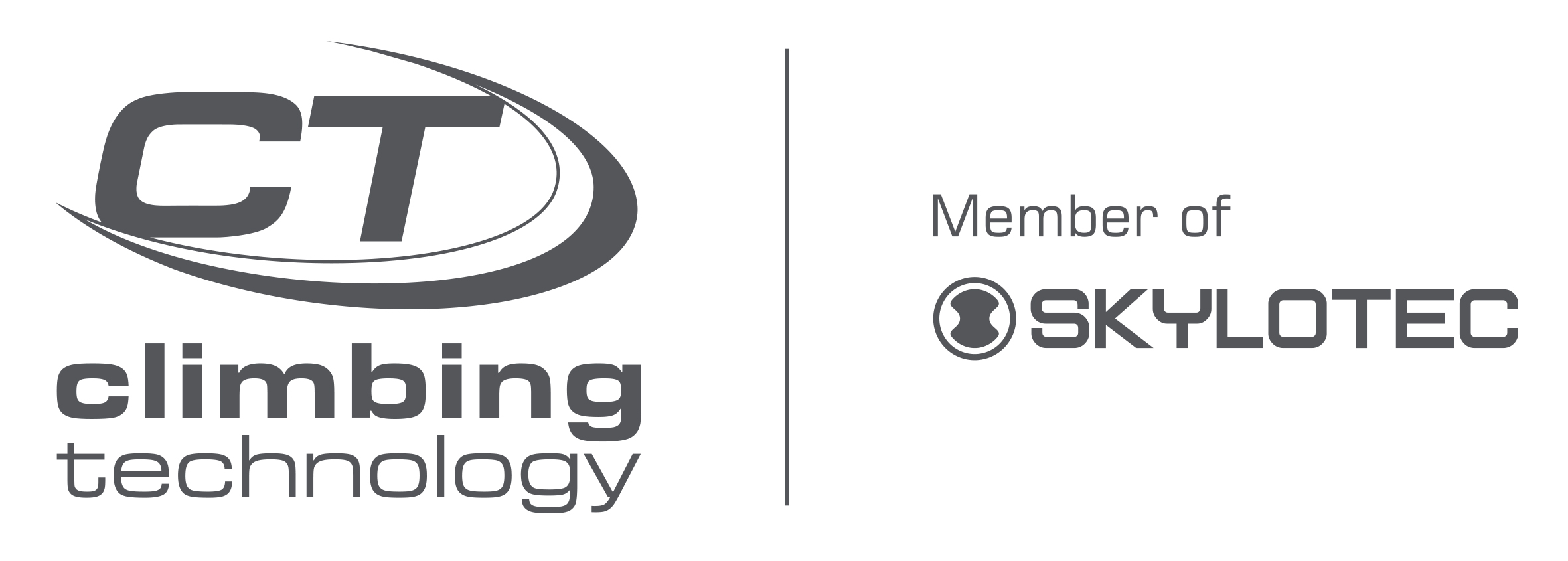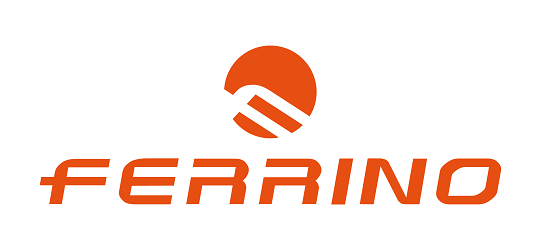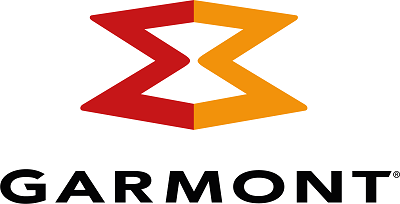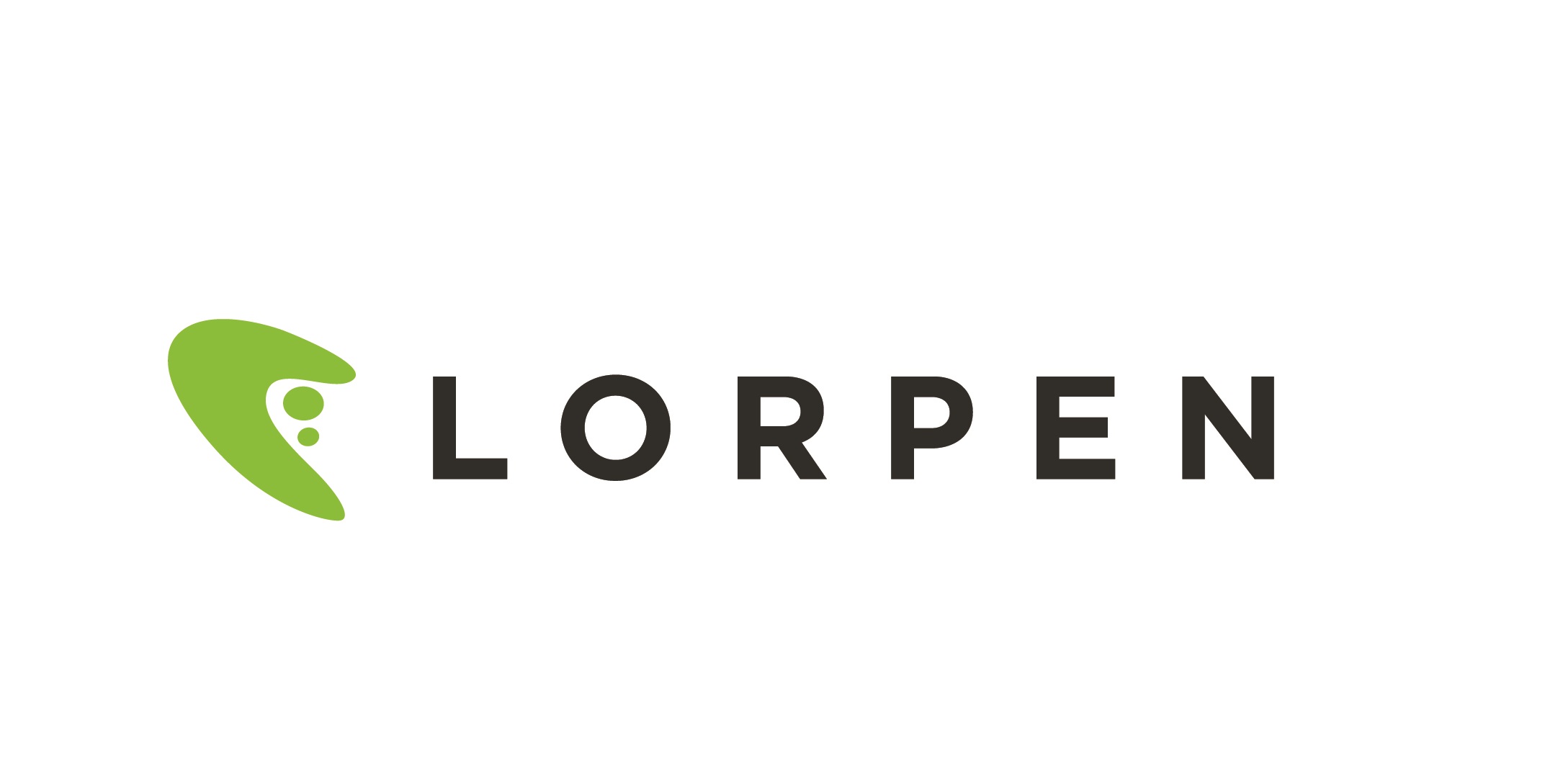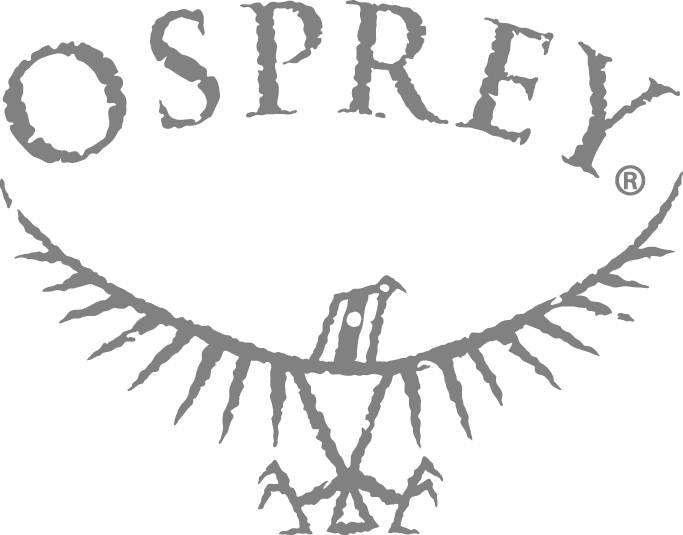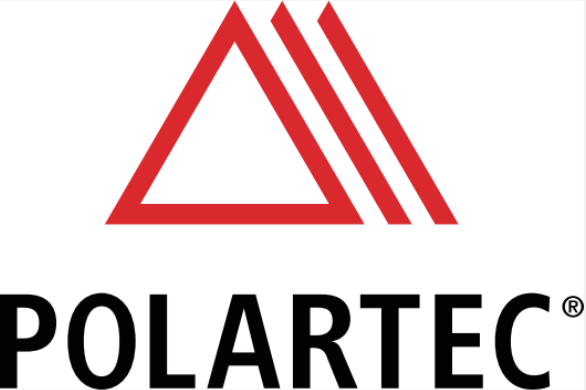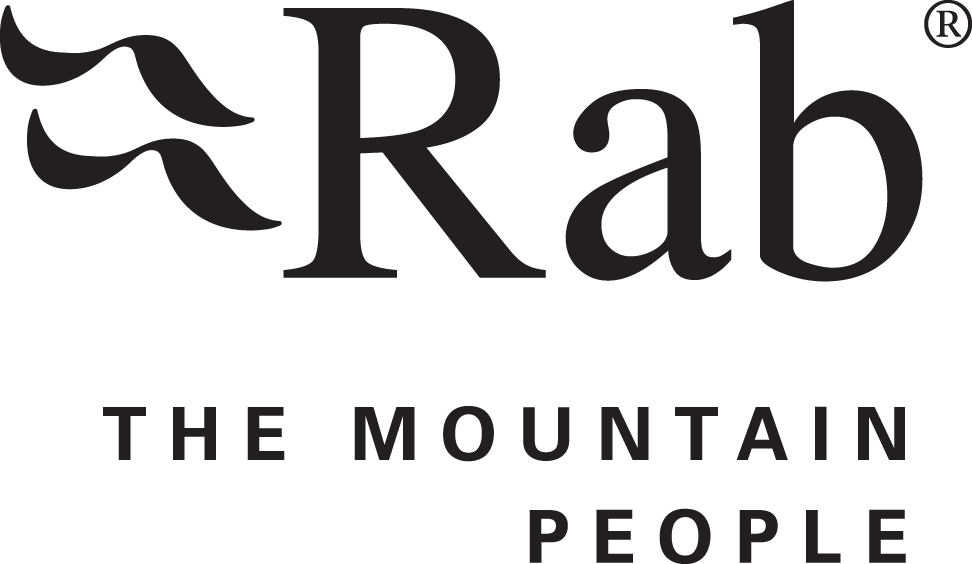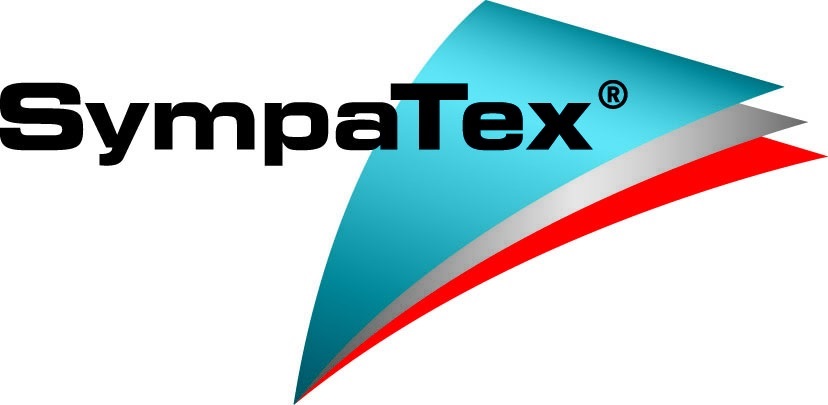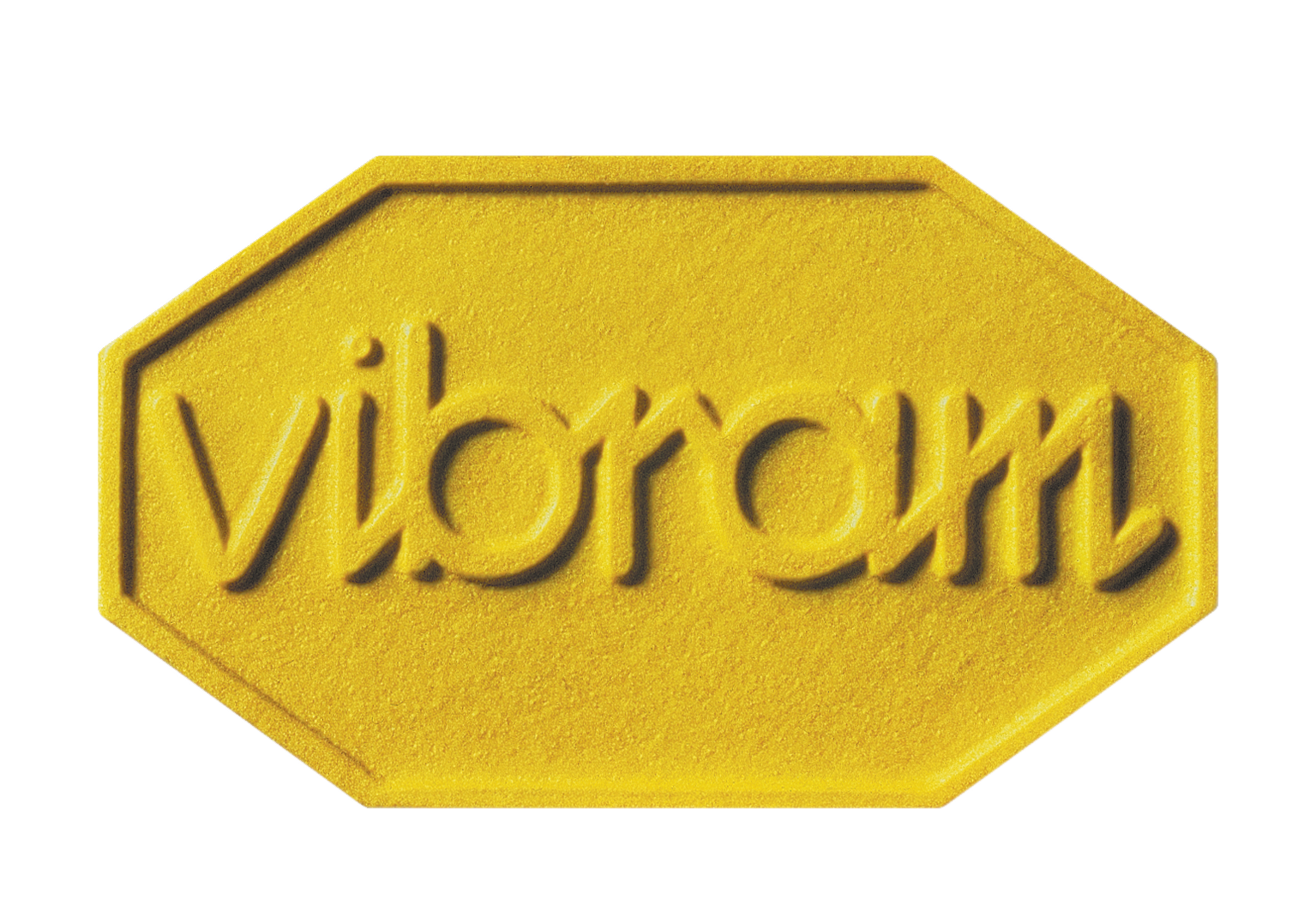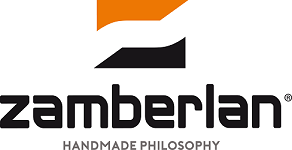 L. Gore & Associates (Gore) continues its scientific research and has published Life Cycle Assessment (LCA) data focusing on durable water repellent treatment (DWR) for functional outerwear.
L. Gore & Associates (Gore) continues its scientific research and has published Life Cycle Assessment (LCA) data focusing on durable water repellent treatment (DWR) for functional outerwear.
This is the third LCA that Gore has published since 2013. It was conducted with input from third party experts – including the Institute for Environmental Research, Vashon Island, Washington, USA. LCA is the global standard for assessing the total environmental impact of a finished product and takes into account all aspects of a product’s ecological footprint including resource and energy consumption, emissions to air, water and land, as well as health & ecosystems, and more. Gore Fabrics has been using LCAs since 1992. Gore conducted this LCA study to help guide future choices of DWR technologies. The study compared the environmental impacts, such as potential toxicity measured in equivalents of 1,4-Dichlorobenzene[1] (kg DCB eq.), of different DWR technologies: a non-fluorinated DWR (hydrocarbon based) and a short-chain polymer DWR currently used by Gore.
The assessment of GORE-TEX® jackets, with different DWR treatments, in backpacking and high aerobic activities showed that the currently available non-fluorinated DWR offering does not offer a better environmental profile than Gore’s current fluorocarbon based DWR treatment. The study revealed that the lower performance of non-fluorinated DWR treatments is the single biggest driver for the jacket’s environmental impact. The reason: In an attempt to maintain a satisfactory level of water repellency backpackers would have to wash and re-apply DWR treatments more frequently on garments with non-fluorinated DWR’s compared with Gore’s current short-chain polymer DWR. A well functioning DWR treatment is crucial to prevent the jacket from saturating with water, which increases weight and discomfort and could lead to reduced concentration and individual performance.
Field test of DWR treatments. Gore put jackets treated with different DWR treatments through outdoor backpacking field tests which informed the usage scenario in the LCA study. In real life situations, the currently available non-fluorinated DWR treatment exhibited clear shortcomings: after just a short period of use, it was observed that it no longer provided effective water repellency. A situation that would likely lead to continued user dissatisfaction or attempting to restore water repellency by washing and re-apply DWR treatments more frequently. The LCA incorporated this extra care to probe these use phase impacts, which highlights the importance of durable performance. “This might not be realistic scenario for many consumers, but accepting loss of water repellency will likely result in disappointment and premature replacement of a jacket”, says Bernhard Kiehl, Gore Fabrics Sustainability Leader. “Frequently replacing a jacket comes with similarly negative environmental impacts since the production of a new jacket uses up additional resources like chemicals, energy and water, etc.”
Bernhard Kiehl concludes: “As a technology leadership company we are committed to continually reducing the environmental footprint of our products and acting as a role model for a more responsible outdoor industry. To this end we will continue to invest in research and apply sound science to drive future innovations.”
Life Cycle Assessment (LCA) is a global standardized tool (DIN EN ISO 14040) to measure the environmental footprint of a finished product. LCA assesses the whole process with a “cradle to grave” approach – from raw material extraction through materials processing, manufacture, distribution, use, repair and maintenance to disposal or recycling.
More information on GORE


